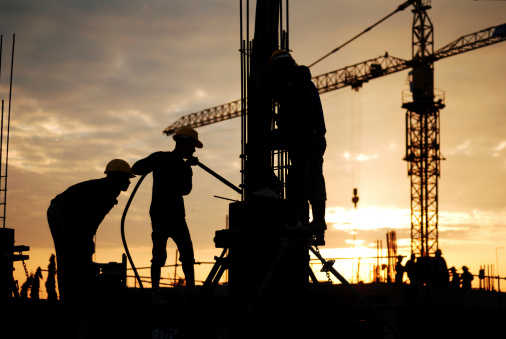When it comes to selecting and buying weatherproof enclosures, you’ll want to take two things into consideration:
- the robustness of your enclosure
- how well it keeps out dust, dirt and water
 Part of your robustness checks should make sure your enclosure will have all the necessary security, locking and safety features. These are often the areas cheaper manufactures will scrimp on so what you may save in cost you lose in security.
Part of your robustness checks should make sure your enclosure will have all the necessary security, locking and safety features. These are often the areas cheaper manufactures will scrimp on so what you may save in cost you lose in security.
As well as robust security you want your enclosure to be weather robust to protect what’s inside from weather damage. Enclosures that come with or have the option of installing extra features are the ones to look out for. This is because they will have maximum adaptability, an advantage that is so often needed when working in industrial areas.
GRP Weatherproof Enclosures
The material of an enclosure is another important element to consider for weatherproofing and longevity, if you are serious about keeping your equipment safe both today and in the future.
Glass reinforced plastic (GRP) is one of the most popular materials used to make weatherproof enclosures. This wonder material has many features that make it excellent for exposed and dangerous areas. It is tough against the elements, resistant to corrosion, lightweight and virtually maintenance free!
All of these benefits make GRP the perfect material for both busy industrial working areas and remote weather exposed locations.
In addition GRP is tough and can be fire rated and given anti-vandal properties.
IP Rating
Next, you’ll want to look at your enclosures IP rating. This rating will tell you how weatherproof your GRP cabinet is and whether it will fit your requirements.
A rating of IP55 or higher will protect your casing from most types of harmful dust and almost all types of water without too much trouble.
With an IP rating of 55 you can be sure that your enclosures are protected against heavy rain, low pressure jets, high winds and dusty working atmospheres.
 However, if your weatherproof enclosure is likely to be subject to high water pressure or large amounts of water, you may want to consider one with an IP rating of 66, 67 or 68.
However, if your weatherproof enclosure is likely to be subject to high water pressure or large amounts of water, you may want to consider one with an IP rating of 66, 67 or 68.
These ratings give you complete protection from either short-term or long-term water submersion and are fully dust tight.
This combination of strong and sturdy GRP paid with a moderate to high IP rating provides you with everything you need for an effective weatherproof enclosure. Moderations and extras are always good to have if your industry or work is a little different from the norm, but strength and water resistance should always be a top priority.
To find out more about quality design, manufacture and installation of weatherproof enclosures visit Kingsley Plastics.



